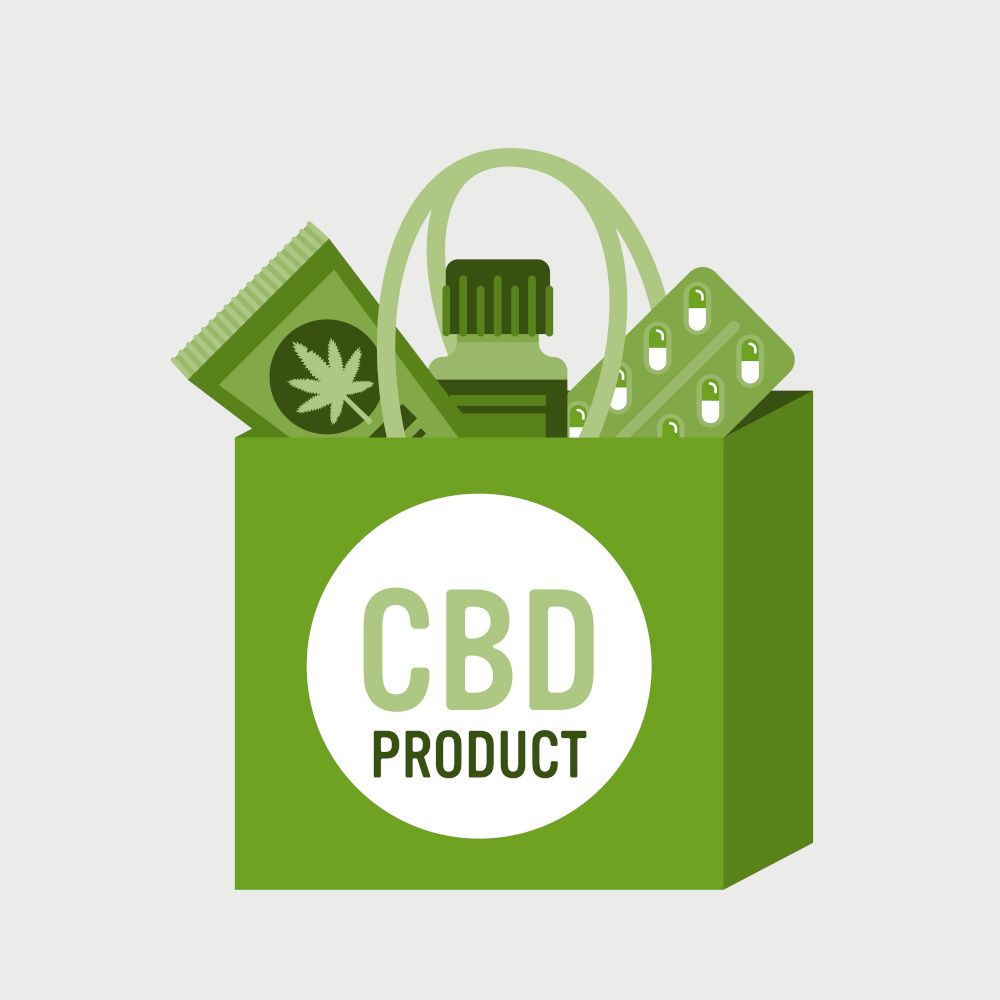Building a CBD business? Here’s what you need to know.
Be prepared: the CBD journey is filled with potential pitfalls and distractions.
With new rules and regulations every day, the cannabidiol (CBD) industry has been one of the hardest to navigate. From supply chain and ingredient sourcing to branding and finding a niche, there is an entire process behind success in a crowded market. Obstacles will hit at nearly every stage, forcing brand teams back to the drawing board. How does a company in such a dynamic sector go from inception to launch?
Building the Idea
Finding the right partners to bring a product to shelves can make or break the whole process. Experienced industry veterans know what to look for and ask for to develop a unique and custom CPG product that can easily be marketed. The team should help validate ideas, source manufacturers and ingredients, and grasp legal compliance at every stage. Most importantly, it should look at what products consumers are drawn to, what sells best, and industry trends.
Take an idea and be sure to test its convenience factors. Think about CBD. Tinctures, topicals, and capsules are some of the most popular CBD delivery vehicles, but the market demands more accessible formats. Let’s break this down. Think about a tincture. Consumers might need a mirror when placing drops, and have to count to get the right amount. Not to mention, doing this in the dark during a rough night’s sleep is asking for feedback that says a product is difficult to use. At the end of the day, make sure the product is something unique that consumers will be interested in. Our team executed some clever customer surveys to gauge interest on which formats would be most exciting. We tested multiple formats such as gummies, lozenges, and even honey sticks.
Branding is just as important as listening to trends, especially when working with multiple parties. Make sure brand guidelines match throughout assets, from the website to packaging. We ran into this problem, but luckily, our manufacturer was willing to make multiple samples to get the color just right. This delayed our process a few months, but was necessary.
Brandon Nolte

Rifle Hughes

Product Development: Bringing It to Life
Design of a product concerns more than just looks, with the goal to improve functionality. Packaging is a great example and should benefit the user. It should be easy to open, consume from, and travel with. These can all be used in marketing tactics. For us, it was important to develop a discreet option for those using the product in public and already stressful situations. Although cannabis products are becoming normalized and more accessible, privacy is still important.
Navigating Manufacturing and Sourcing
As an industry that is still growing, it can be hard to find partners, but those who take the risk now will have the experience as more companies turn to CBD. Finding a steady supply, especially today, can be one of the most difficult processes, but it’s vital for survival. So is ensuring clean, traceable ingredients. Where will ingredients be sourced from, beginning with the first run to when the product hits shelves?
Let’s look at supply chain, which has taken a hit left and right over the last year. Domestic sourcing might not be the most cost-effective, but importing product might cause delays in production. These delays can extend beyond a product’s shelf life, driving the production back to square one. Think ahead in planning, taking lead times into consideration to avoid having to tell consumers about changes to their trusted products.
The Payment Process
Payment processing is one of the biggest hurdles to new businesses in the CBD space. There are a lot of middlemen who will promise anything to get a signature on the dotted line. Working with experienced partners will help determine who to look for and what to avoid, which will save time and money.
It’s also important to remember that not all banks approve of CBD and could shut down the process, with the payment company keeping the reserve. Also be sure to ask if they take a reserve, how much it is, and for a complete list of fees. A high reserve—say, 10%—could be reduced to 5% and potentially to nothing if negotiated. Ask to be placed in your own MID, so charges aren’t co-mingled with other high-risk businesses. Research various companies to find a legit operator and work with them one-on-one, comparing all options.
Be Prepared
The CBD journey is filled with potential pitfalls and distractions. Every product development team runs into its fair share of failures and challenges. Going in with an experienced team ready to pivot at any stage will be the deciding factor between brands that make it to shelves and those that are just ideas.
Brandon Nolte is the co-founder of Stello Mints, a stress-diffusing CBD mint. Rifle Hughes is a business partner at JPG Resources (Battle Creek, MI), a food and beverage innovation and commercialization group that worked to bring Stello Mints to life.
HHS announces restructuring plans to consolidate divisions and downsize workforce
Published: March 27th 2025 | Updated: March 27th 2025According to the announcement, the restructuring will save taxpayers $1.8 billion per year by reducing the workforce by 10,000 full-time employees and consolidating the department’s 28 divisions into 15 new divisions.











